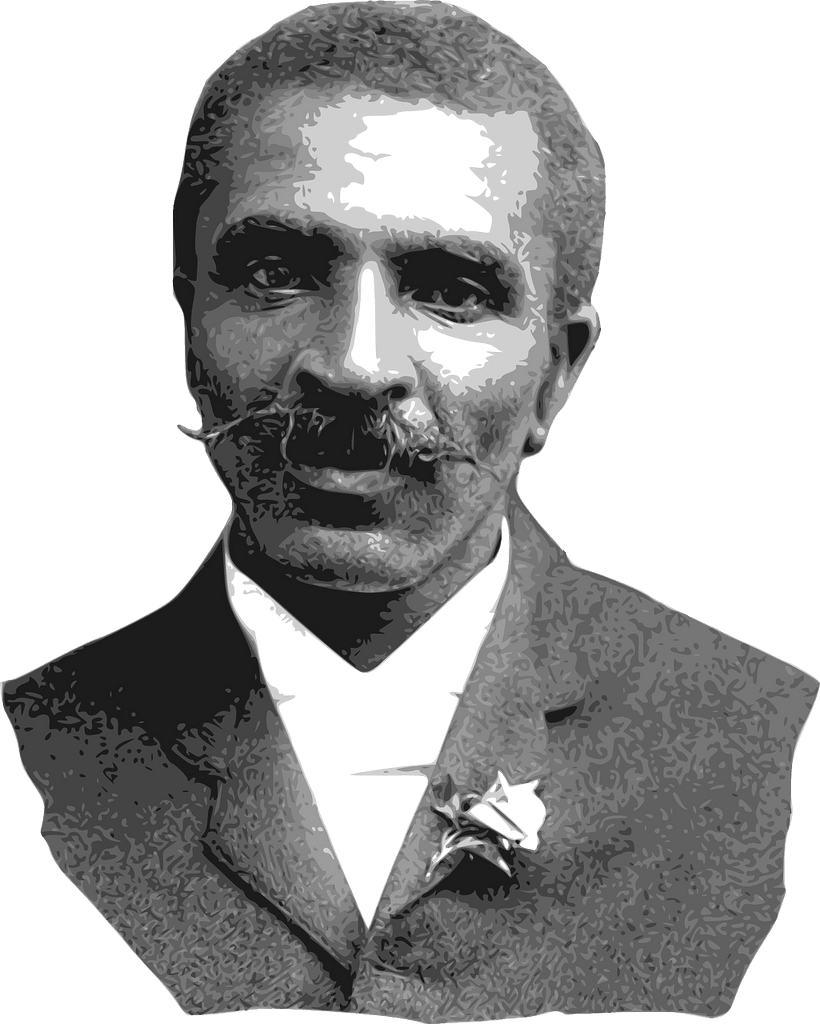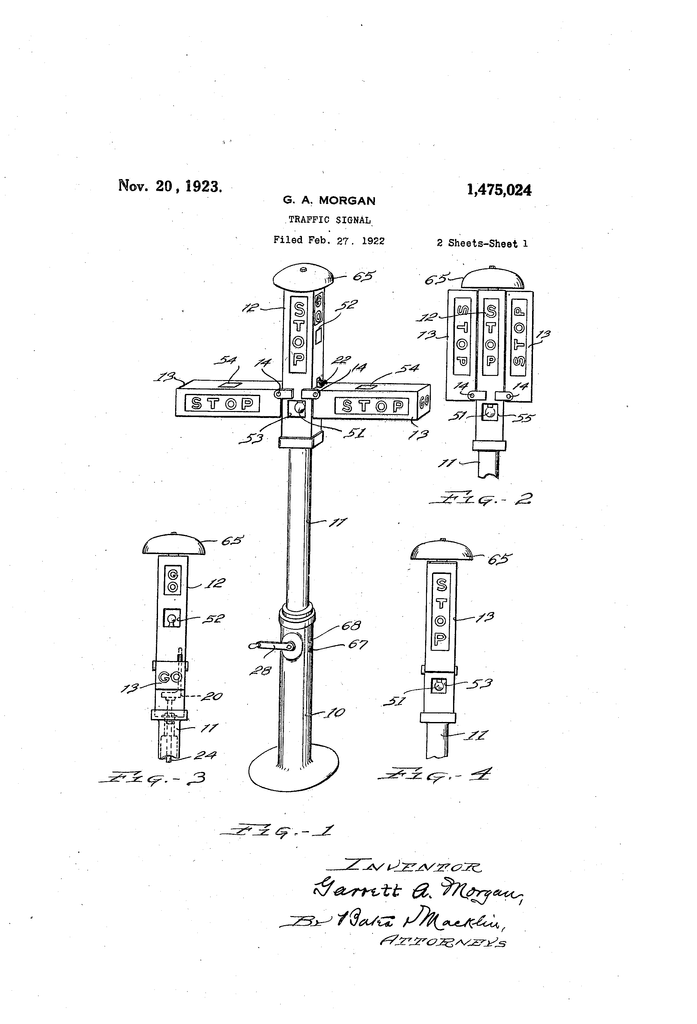In the last couple of centuries, many blacks have contributed to the field of inventions and entrepreneurship. These include people like George Washington Carver, Lonnie Johnson, and Garrett Morgan.
George Washington Carver
George Washington Carver is a renowned American scientist who was known as “the plant doctor.” He promoted wide-ranging uses for peanuts, and encouraged farmers to grow sweet potatoes. During his lifetime, Carver patented more than 300 different products using peanuts. His work helped replenish the soil of Deep South farms.
In 1921, Carver testified on behalf of the peanut industry seeking tariff protection. He convinced the committee to approve a high protected tariff on peanuts. As a result, he was able to develop hundreds of new peanut products.
Throughout his career, Carver traveled throughout the nation to speak on agricultural innovation. He also wrote a syndicated column. These articles provided recipes for housewives, as well as cultivation information for farmers.
In 1893, Carver’s painting, titled, “The Soils of Iowa”, was selected as an exhibit for the World’s Fair in Iowa. The painting was given an honorable mention.
After his death, Carver was buried next to Booker T. Washington, president of the Tuskegee Institute. There is a monument and museum near the site of his childhood plantation. Several schools bear his name.
He is recognized as the “father of chemurgy,” a science that transforms agricultural raw materials into nonfood products. His inventions helped to improve the lives of struggling sharecroppers in the Deep South.
Using his knowledge of plant diseases, Carver developed a method of identifying and preventing plant diseases. He also devised a system of crop rotation that systematically refilled the depleted soils of the south.
During his lifetime, Carver was a teacher at the Tuskegee Institute and the Iowa State College of Agriculture and Mechanics. He was also the first African American to receive a Bachelor of Science degree.
Lonnie Johnson
Lonnie Johnson, an African-American inventor, has made a number of inventions that have greatly benefited humanity. His inventions include the iconic Super Soaker water gun, as well as NERF (soft foam) dart guns.
As an African-American, Johnson faced many obstacles throughout his life, but he overcame them and became an engineer. He was awarded a math scholarship to Tuskegee University, where he graduated with a bachelor’s degree in mechanical engineering. Later, he earned a master’s degree in nuclear engineering.
During his time in the Air Force, he helped develop stealth bomber components. In addition, he worked on the Galileo spacecraft’s early mission to Jupiter. Eventually, he returned to the US Air Force and worked on the Mars Observer project.
After working for the Air Force, Johnson moved to NASA’s Jet Propulsion Laboratory in Pasadena, California. While there, he won multiple NASA awards for his designs for spacecraft systems.
Lonnie Johnson has continued to work on several energy-related inventions, including a rechargeable battery. He also is developing a radon detector that can be installed in the home. A heat pump that runs on water is another of his inventions.
Lonnie Johnson is a role model for young people. He encourages them to pursue their dreams. Not only has he created numerous inventions, he has been a mentor for a number of high school and college students.
As a member of the 100 Black Men of Atlanta, he is also a board member of the Hank Aaron “Chasing the Dream” foundation. He is also a trustee of the Boys and Girls Clubs of America.
Johnson is currently an active member of the Georgia FIRST board, as well as the Georgia Alliance for Children.
Lyda Newman
In 1898, Lyda Newman was granted a patent for an improved hairbrush. Her invention made hairbrushes more efficient, less expensive and durable. It also featured an air chamber to aid in easier cleaning.

Although her career was primarily in hair care, she fought for women’s rights. She was part of the Woman Suffrage Party, which was an organization aimed at giving women the legal right to vote.
The White Rose Mission, which she helped to establish, provided assistance to migrants from the South and West Indies. By the late 1890s, Newman was working in the hair care industry in New York City. However, her family encouraged her to pursue other experiences, so she moved to Newport, Rhode Island during the summer months.
As a suffragist, she organized meetings to discuss the issue of voting for women. On June 4, 1919, Congress agreed to give women the right to vote. Lyda Newman was named the director of the suffrage center in Manhattan.
When she was 14, Lyda D. Newman invented the first hairbrush with synthetic bristles. She noticed that it was difficult to style textured hair with animal hair. Since she was unable to find a product that worked well on her own textured hair, she decided to develop an improved version of the hairbrush.
Her invention was so successful, it is used today by many people. The hairbrush has been around for millions of years, but the design that Newman developed in the early 1900s made it more effective and affordable.
This invention was one of the first to be patented by an African American woman. In fact, Lyda Newman was the third African American woman to receive a patent.
Garrett Morgan
Garrett Morgan was born in Paris, Kentucky in 1877. His parents were of African, Native American, and white descent. He was the seventh child of eleven.
Despite his ancestry, Morgan was a black inventor and entrepreneur who impacted the world. Although his inventions helped save countless lives, he suffered from discrimination.
In addition to his work, Morgan became a leader in the Black community, founding a newspaper, a country club, and a Black college. He had a strong work ethic and never gave up on his dreams.
After moving to Cincinnati in the mid-1800s, Morgan worked as a handyman for a wealthy landowner. He began to experiment with sewing machines. In 1907, Morgan began his first business. This business was a sewing-machine repair and sales company. The business later grew into a tailoring shop.
During World War I, the United States Army purchased thousands of Morgan’s devices. Morgan also developed a gas mask that saved many lives. He also invented a cigarette extinguisher. In 1907, he became the first black machinist.
As an adult, Morgan’s entrepreneurship led to his wealth. Several of his inventions, including a traffic signal, a safety hood, and a women’s hat fastener, were patented.
Besides his business, Morgan was a member of the Prince Hall Freemason fraternal organization. He married Mary Anna Hasek in 1908. They had three children. Sadly, Morgan passed away on July 27, 1963, in Cleveland, Ohio. But his work continues to help people around the world.
He had a strong work ethic and was an inspiring inventor and entrepreneur. His achievements continue to inspire today’s inventors. He died in the Cleveland Clinic. Fortunately, his contributions are preserved in the National Museum of African American History and Culture.
Mary Van Brittan Brown
Marie Van Brittan Brown is the inventor of the first home security system. She invented it with her husband, Albert, in 1966. Her invention included a camera, monitors, peepholes, and an alarm button.
The idea for the system originated from the high crime rate in her neighborhood. Brown was a nurse who worked long hours and had two small children. As a result, she felt unsafe. Moreover, she was concerned about police response times.
Brown’s invention was a game changer. Today, it is used in millions of homes. It has helped keep thousands of people safe. Using cameras to record the view of the inside of a house, the system reflects the images on a monitor. In addition, it includes a microphone to allow the occupant to communicate with the visitor.
When it was first introduced, Brown’s invention was a major step in the evolution of surveillance systems. Since then, her invention has been copied by many other inventors, and her innovation has shaped modern security systems.
Brown was a resident of Queens, New York, where she lived until her death in 1999. She lived in a crime-ridden neighborhood and worked long hours. Despite her discomfort, she never gave up her quest for a safer place to live.
Throughout her life, Brown was always looking for ways to protect her family and her lifestyle. By combining her passion for electronics with her love of technology, she was able to create an invention that changed the way homes are protected.
After years of working on her invention, Brown finally received a patent for her system. She later won an award from the National Scientists Committee. Although Brown died in 1999, her invention continues to influence modern security systems.






